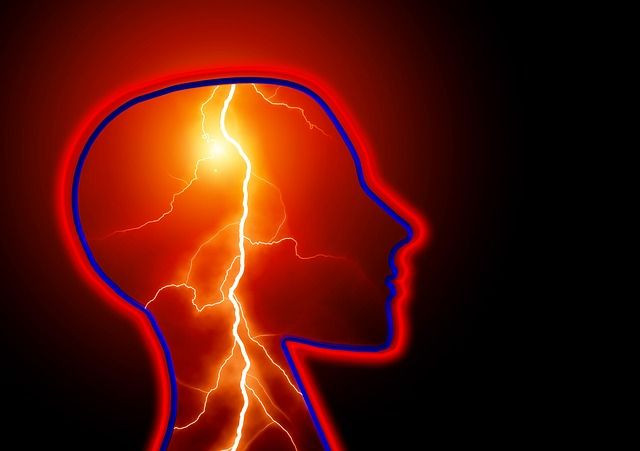Seizures Vs. Epilepsy: Risks, Differences, And Treatments

Seizures and epilepsy often overlap, so it’s easy to mistake one for the other. However, there are key differences between these medical terms, and understanding them could mean the difference between life and death for those who are affected. Here is a brief overview of seizures and epilepsy to help you better understand the conditions.
How Do They Differ
The main difference between a seizure and epilepsy is that seizures are a single occurrence while epilepsy is a medical condition. Though seizures are one of the most characteristic symptoms of epilepsy, not everyone who has seizures suffers from epilepsy, WebMD reported.
In the case of a seizure, small disruptions in neuron interactions can cause twitches or spasms. The sudden electrical discharges in the brain can cause changes in behavior and consciousness, Hopkins Medicine reported.
Read: Witnessing Seizures: 4 Types Of Specific Convulsions
According to WebMD, non-epileptic seizures are not assocaited with abnormal electrical activity in the brain and may be caused by psychological issues or stress. However, non-epileptic seizures look like true seizures, which makes diagnosis more difficult.
Other seizures not associated with epilepsy, called provoked seizures, may occur as a result of trauma, low blood sugar or drug abuse. These are also not associated with epilepsy.
Epilepsy is a medical condition that occurs as a result of abnormal electrical activity in the brain. These abnormal electrical signals can cause seizures. The condition is relatively common, and according to The Epilepsy Foundation, is the fourth most common neurological disorder, affecting an estimated 3 million Americans.
What To Do
If someone has a seizure near you, it’s important to ensure that the individual is kept safe until a medical professional can be reached. The American Academy of Neurology reports that you should move furniture and other objects away from the individual to prevent them from hitting it during the seizure. Try and put them on their side so that any saliva or vomit does not obstruct their airways, but do not hold them down as this can lead to even more injury.
What’s more, contrary to popular belief, it's best to not put anything into their mouth, as this could chip their teeth, or cause them to bite you. However, if the individual seems to be having difficulty breathing after the seizure has ended, use your fingers to gently clear their mouth of any saliva or vomit so they do not suffocate.
In the case of epilepsy, there are many medical venues to control the condition and reduce the likelihood of the patient having a seizure. The condition can be controlled with medication, although in some cases surgery may also be required.
Read More:
Cannabis Oil Helped Stop 8-Year-Old Forrest Smelser's Seizures When Other Drugs Couldn't: What Is CBD? Read Here
Once-Daily Epilepsy Medication Shows Promise In Stopping Partial Seizures Within A Year: Read Here



























